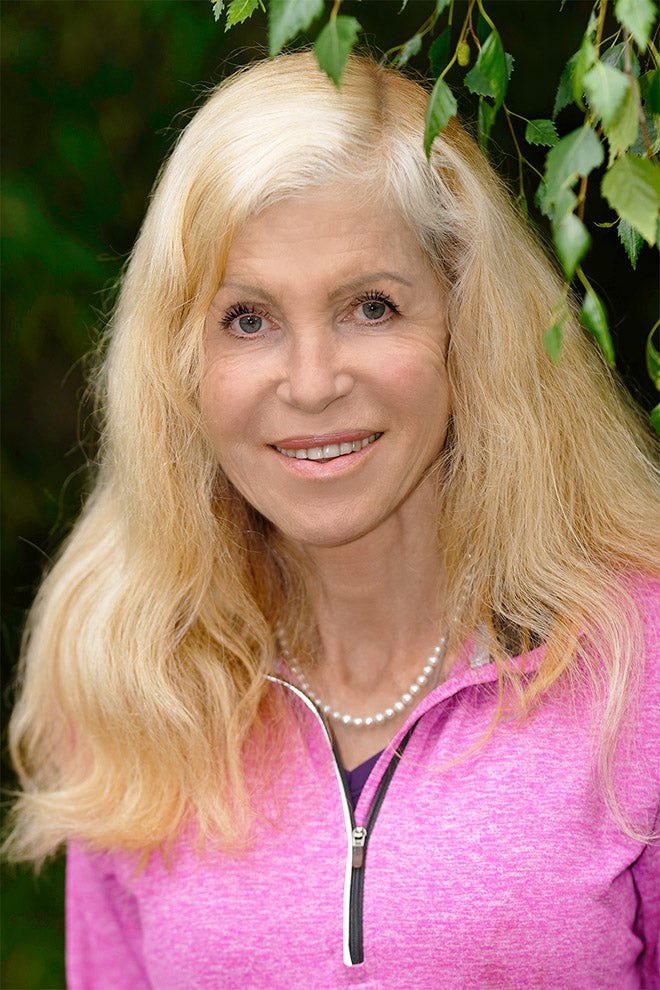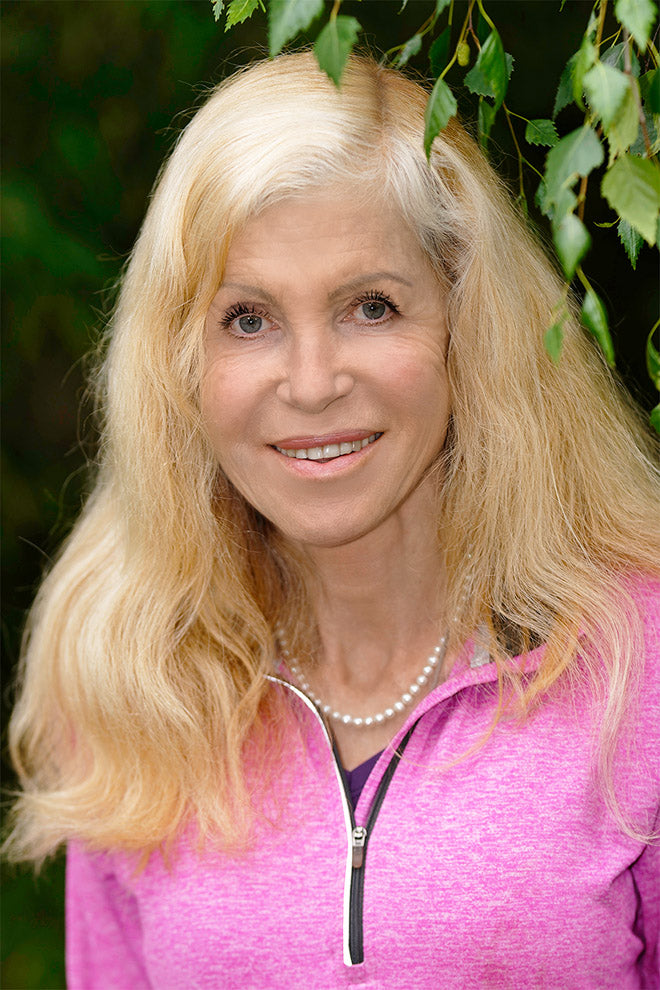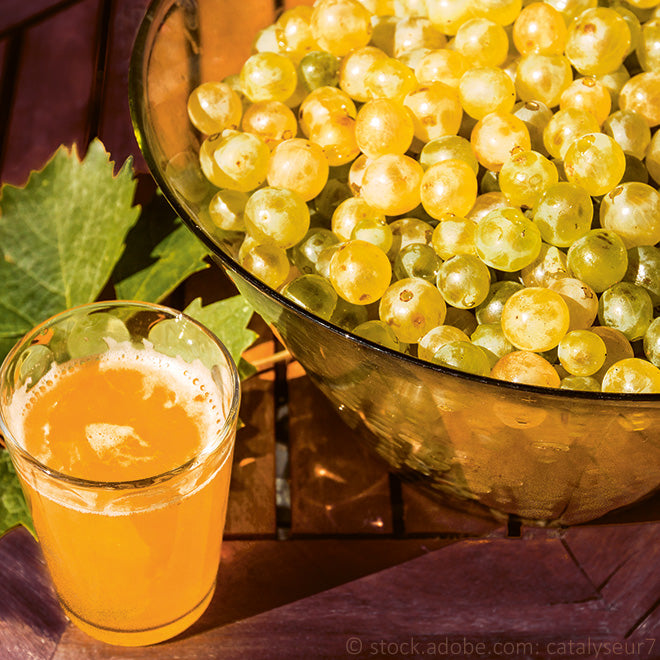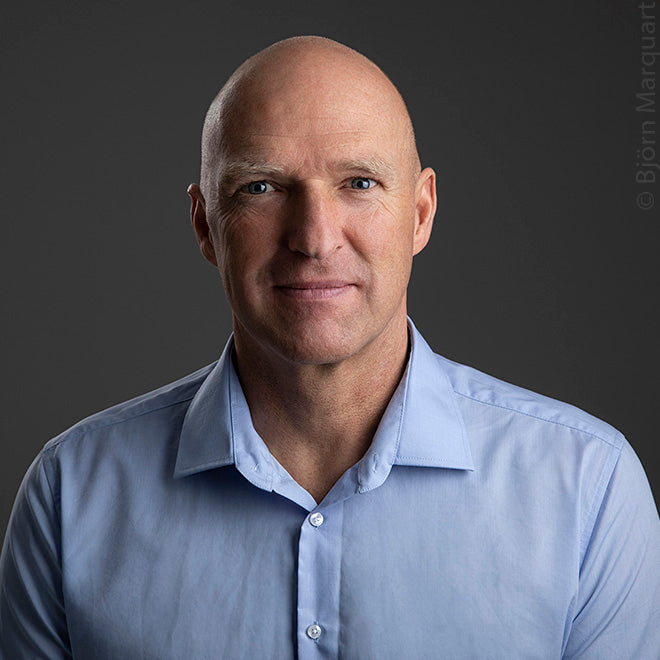
Sage: “The spectrum of its healing effects is spectacular!” Interview with Barbara Simonsohn on the medicinal plant of the year 2023
Sage: “The spectrum of its healing effects is spectacular!” Interview with Barbara Simonsohn on the medicinal plant of the year 2023
"Sage has been revered as a 'herb of immortality' and used as a panacea for thousands of years. Today it is one of the most versatile and best researched medicinal plants of all! It is considered to be the plant richest in polyphenols in Europe; polyphenols are powerful antioxidants that destroy free radicals, thereby depriving diseases of their basis and preventing premature aging processes." Barbara Simonsohn , author of the compact guide " Sage - Mother of all medicinal plants ", sees the aromatic medicinal herb - honored as "Medicinal Plant of the Year" - as a great way to prevent serious illnesses such as cancer, cardiovascular disease, dementia and Alzheimer's and at the same time do a lot of good for "beauty inside and out".
In your latest guide, you introduce one of the most versatile and best-researched medicinal plants. Why has sage been considered a "cure-all" or "queen of medicinal plants" since ancient times?
Barbara Simonsohn: Sage is actually one of the oldest medicinal plants in the world. The list of references from emperors, doctors and scholars - with honorable names such as "mother of all herbs", "queen of medicinal plants", "food of the gods", "herb of immortality", "ambrosia of the gods" or "holy herb" - is longer than for any other medicinal herb. Around 6000 years before Christ, the Egyptians immortalized the image of a sage plant in stone, and infertile women were given sage juice to drink. More than 5000 years ago, the Chinese emperor Shen-Nun recommended the roots of red root sage as a medicine for old age ailments in his "Materia Medica". Hippocrates used sage for many different ailments around 400 BC, as did Pliny the Elder, Dioscorides and Galen. The spectrum of sage's healing effects is spectacular, as our ancestors already knew. Around 800, Emperor Charlemagne ordered the cultivation of sage throughout Europe. Paracelsus called the plant the "herb of immortality". In the late Middle Ages, sage was considered a "panacea", a cure-all. Today, modern science knows that it is the plant in Europe that is richest in polyphenols, and that polyphenols act as powerful antioxidants that destroy free radicals, thereby eliminating disease and preventing premature aging - but amazingly, this was already clear to healers for thousands of years.
Most people know sage as a remedy for sore throats, but the plant can do so much more. What other illnesses and complaints is sage used for?
Barbara Simonsohn: The spectrum of effects is very broad, and this is also the reason why sage was chosen as the “Medicinal Plant of the Year”. As an antioxidant star, sage protects us from free radicals, has a strong effect against fungi, viruses and bacteria of all kinds, slows down inflammation, helps with diabetes, protects nerves and the brain from degenerative processes, inhibits excessive sweating, relaxes the stomach and intestines, balances blood pressure and protects against cardiovascular diseases. Whether it’s cold sores, bad breath, stress or menopausal symptoms: this one herb can treat a wide range of illnesses!
Numerous studies now confirm the effects that have been known for thousands of years, and an incredible 160 medicinally effective ingredients have been identified. What are they, for example, and how do they affect health and well-being?
Barbara Simonsohn: So far, more than 160 medicinally effective ingredients have actually been identified in sage, the vast majority of which are bioactive substances, the polyphenols. Sage tea has twice the antioxidant potential of green tea and three times that of black tea. The plant contains valuable minerals such as magnesium, iron, zinc and manganese, which strengthen the immune system and the heart. Polyphenols include rosmarinic acid, carnosic acid, caffeic acid and cirsimaritin. These polyphenols have been proven to prevent cancer, suppress the growth of pathogenic bacteria, viruses and fungi, prevent the oxidation of fats and cholesterol in the body, prevent blood clots, strengthen the immune system, inhibit inflammation, regulate blood pressure and normalize blood sugar levels.
Sage is even said to have been studied as a cancer treatment plant and was named “Medicinal Plant of the Year 2023” not least because of its preventive effect against dementia and Alzheimer's. What makes sage so valuable in the fight against these diseases, and how is it used therapeutically?
Barbara Simonsohn: The flavonoid quercetin provides the strongest protection against cancer, but the phytoestrogens in sage also limit tumor growth and at the same time prevent hormone-related diseases such as breast, uterine and prostate cancer. The triterpenes in sage such as ursolic acid and oleanolic acid also inhibit tumor development. The fiber in sage prevents colon cancer in particular. The anti-cancer effect of sage is also based on the fact that sage directly damages the DNA of cancer cells. Sage extracts have a selective cytotoxic effect on cancer cells: they can no longer reproduce and the apoptosis of the cancer cell - the self-destruction program - is promoted without affecting healthy cells. Polyphenols such as carnosol and luteolin activate the natural killer cells (NKZ), which play an important role in fighting cancer cells, and hinder the migration of the latter, and thus metastasis. For cancer prevention, I would use sage products such as tea, sage oil or sage extracts on a daily basis, which you can make yourself but which are also offered by many companies.
You write in your book that sage makes you beautiful inside and out and has a holistic effect on the body, mind and soul. How should we understand this?
Barbara Simonsohn: Studies have confirmed that sage improves memory and concentration and prevents degenerative brain diseases such as dementia and Alzheimer's. The essential oil of clary sage has a mood-enhancing effect and is used for mild to moderate depression. Natural cosmetics based on sage beautify the skin, make hair shine and also help with skin problems such as acne, athlete's foot and insect bites.
Sage is not only used as a spice, in cosmetics, as a fragrance oil or as a medicine, but is even used in the preservation of food or in sustainable agriculture. What role does sage play here, and what significance can this all-purpose medicinal plant gain in the future?
Barbara Simonsohn: Even the ancient Romans wrapped meat and fish in sage leaves to make them last longer. Chemical preservatives can make food last longer, but they are unhealthy. Researchers suspect that sage extracts will play a greater role here in the future, because more and more consumers are paying attention to their health. Agricultural poisons such as insecticides, herbicides and fungicides are a major problem in agriculture. They contribute significantly to the extinction of species, endanger our health, lead to resistance and damage soil organisms such as earthworms and springtails. Sage extracts have proven themselves in horticulture and agriculture to prevent insect damage and to contain fungal diseases. I am sure that sage preparations will soon also have a permanent place in regenerative agriculture.
Although sage originates from the Mediterranean region, it can now be found in almost every garden in Europe. What should you bear in mind when growing your own sage and using it for your body and kitchen?
Barbara Simonsohn: The variety with the greatest medicinal value - the common sage, Salvia officinalis , also known as garden sage - is thankfully frost-hardy down to minus 18 degrees and can therefore also be found in southern Scandinavia and Ireland today. The sage plant has great ecological adaptability, does not place great demands on the soil and is one of the climate winners. The plant copes very well with dry periods and heat thanks to the waxy coating on the leaves. Other types of sage, such as pineapple sage, Spanish sage, clary sage and many ornamental forms of garden sage, are only partially hardy. Therefore, when buying, you should ask whether the sage variety is frost-resistant. After the fourth year, the content of essential oils and other valuable ingredients such as polyphenols decreases; you should therefore propagate the mother plant by cuttings and replace it with young plants. All in all: garden sage is a very easy-care plant!
Book tip:
Barbara Simonsohn: Sage - mother of all medicinal plants. Recipes and applications for throat problems, gastrointestinal diseases, skin problems, for the respiratory tract, for dental and oral hygiene and much more. Compact guide . Mankau Verlag 2023, flapped paperback, full color, 11.5 x 16.5 cm, 158 pages, 12.00 euros (D) | 12.40 euros (A), ISBN 978-3-86374-706-0
Link recommendations:
More information about the book “Sage – Mother of all medicinal plants”
To the reading sample in PDF format
More about the author Barbara Simonsohn
Our social networks – for questions, criticism, suggestions











